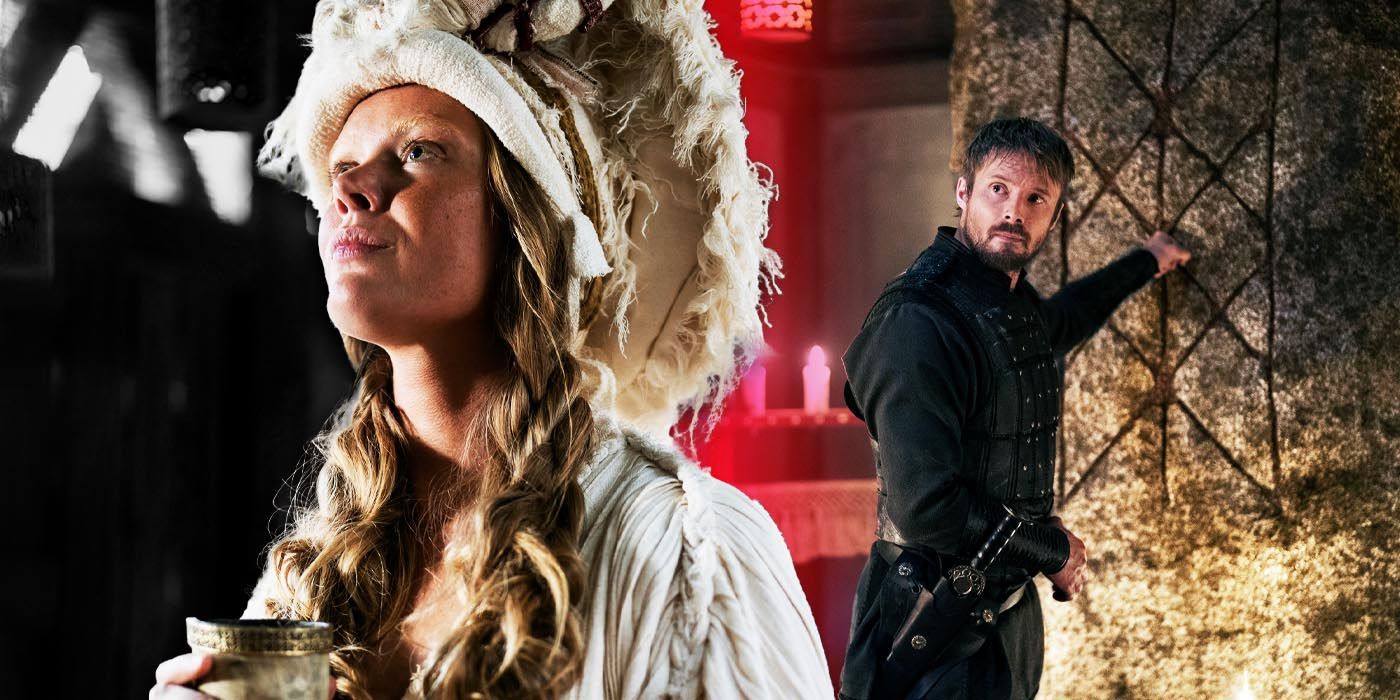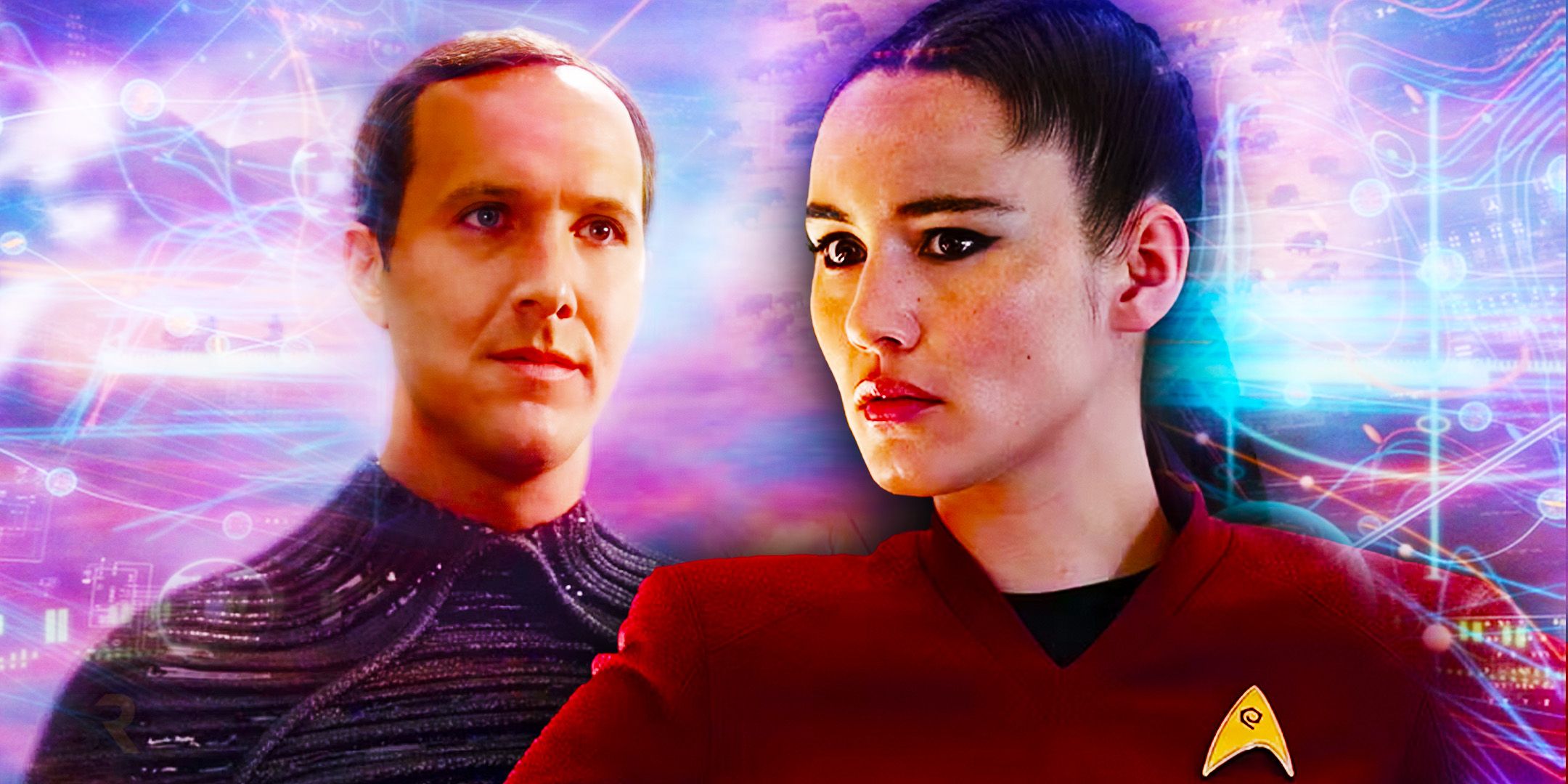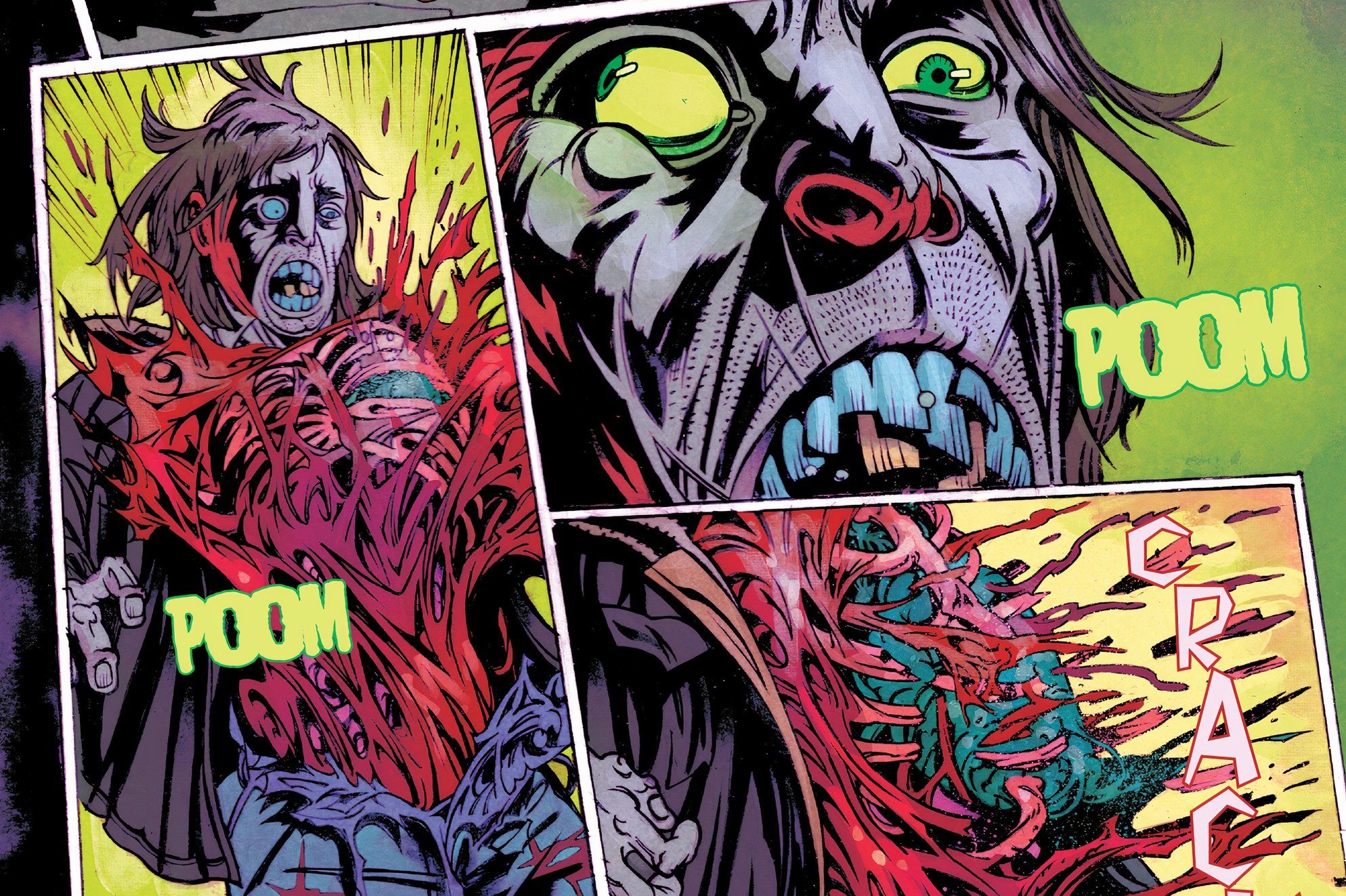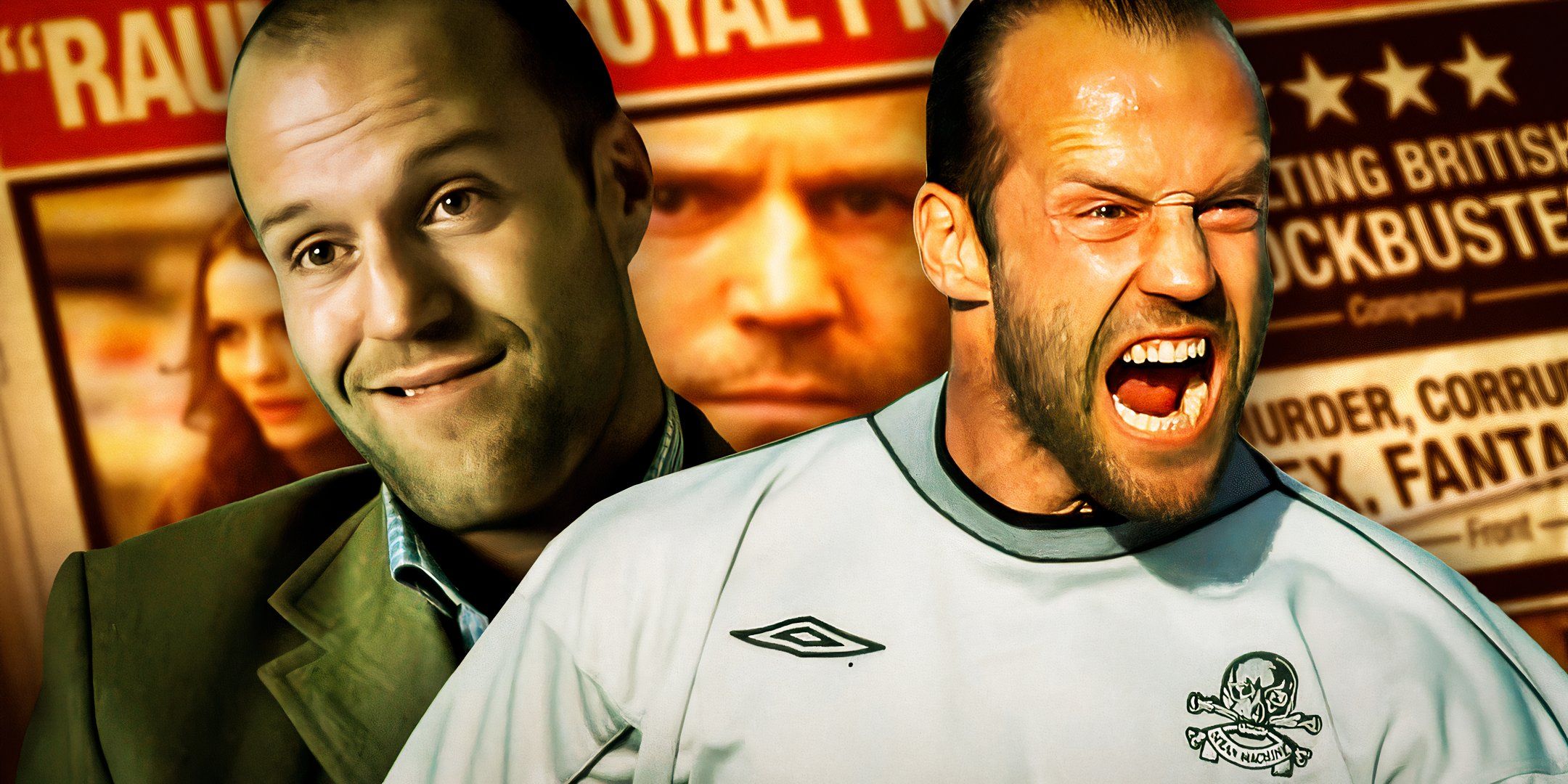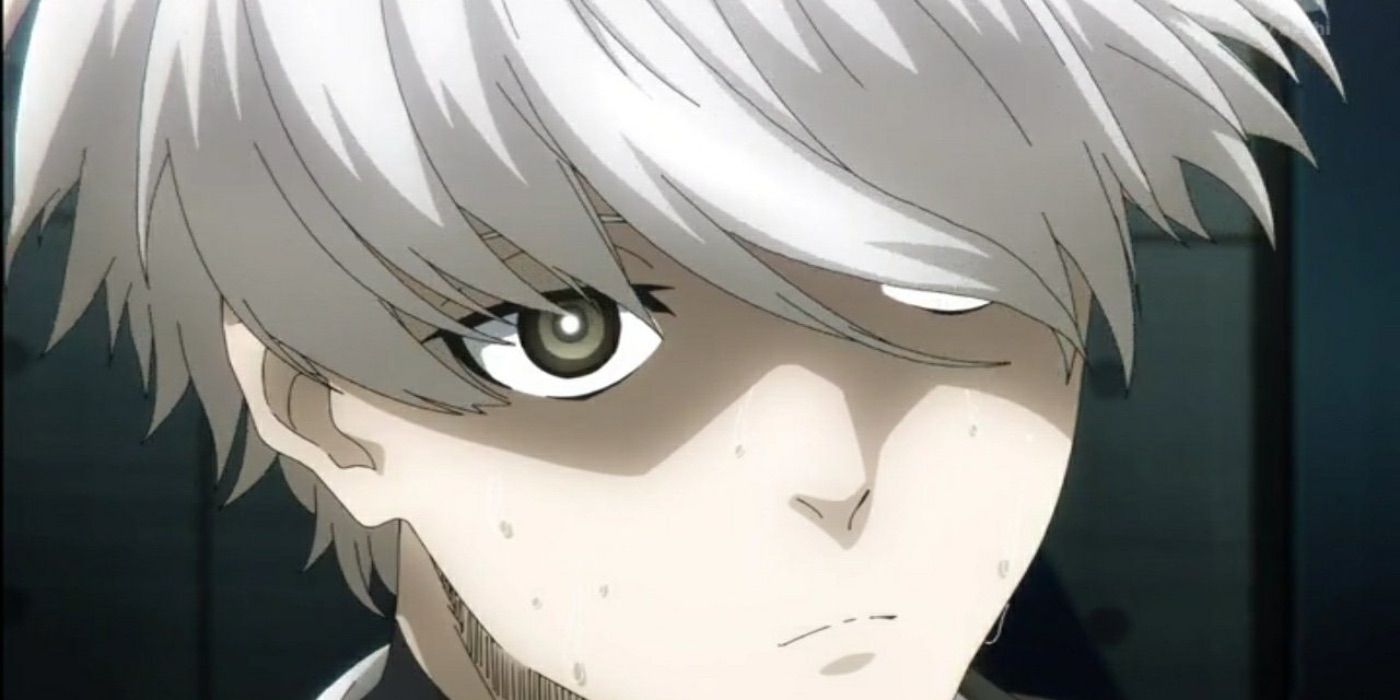After the Batman franchise had entered laughable territory on the big screen, Christopher Nolan was brought in to bring the Caped Crusader back to solid ground. Along with Christian Bale doing a gritty take on the hero, Nolan delivered The Dark Knight trilogy, which is seen by many as a definitive comic book movie saga.
One of the most fascinating things about the trilogy was how Nolan took it in the opposite direction of the Joel Schumacher movies and added realism that suggested the events of Gotham could be happening in the real world. In some cases, it was just what was needed for the franchise while in other cases, the realistic approach wasn’t as convincing.
Worked: Gadgets
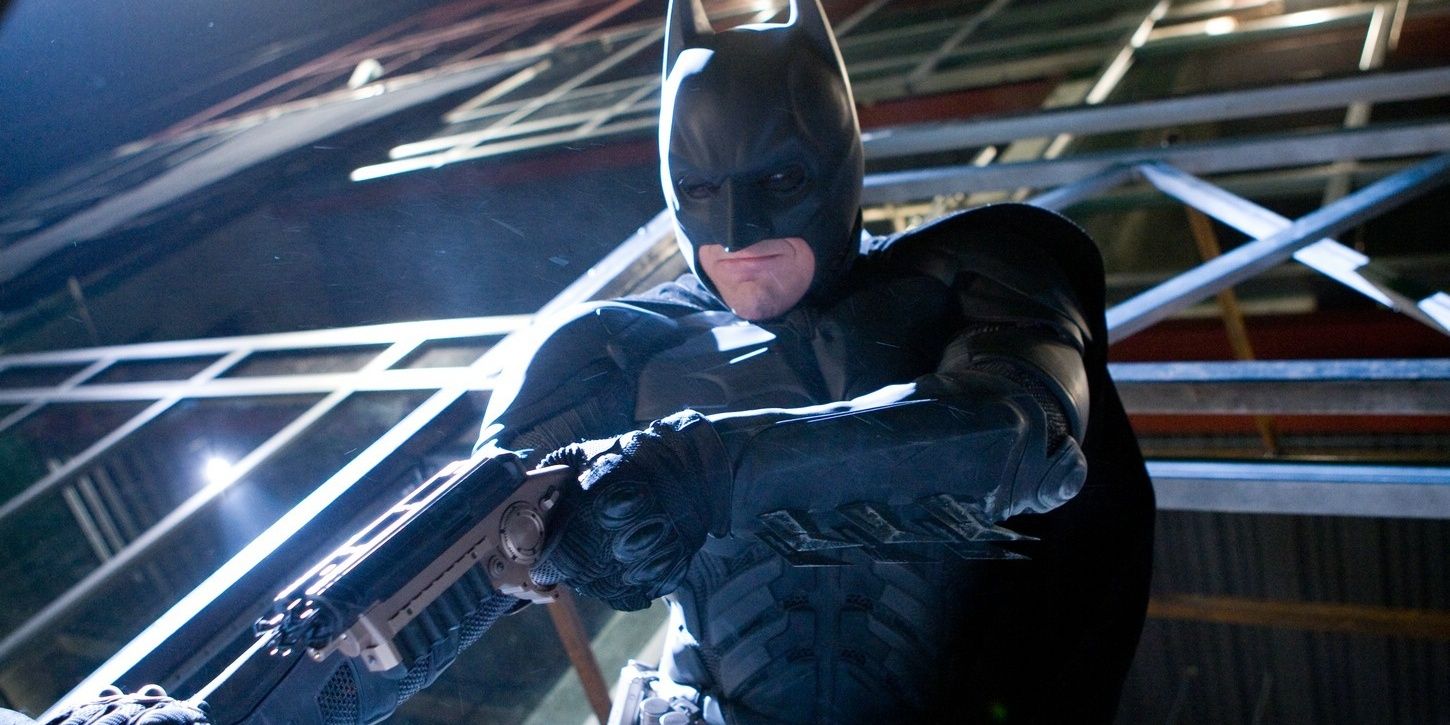
Unlike his fellow Justice League members, Batman has always been a hero without superpowers. He relies on his various gadgets to help him fight crime and Nolan kept that alive in his movie.
In order to explain how Bruce Wayne got his hands on such wonderful toys, it is established that they are all rejected military equipment that Bruce repurposes. Everything from the cape to the body armor is explained in a credible way as to why these things exist. And the equipment is kept to a minimum, so Batman is not pulling all sorts of wacky gadgets out of his utility belt.
Didn’t Work: Deus Ex Machina Devices
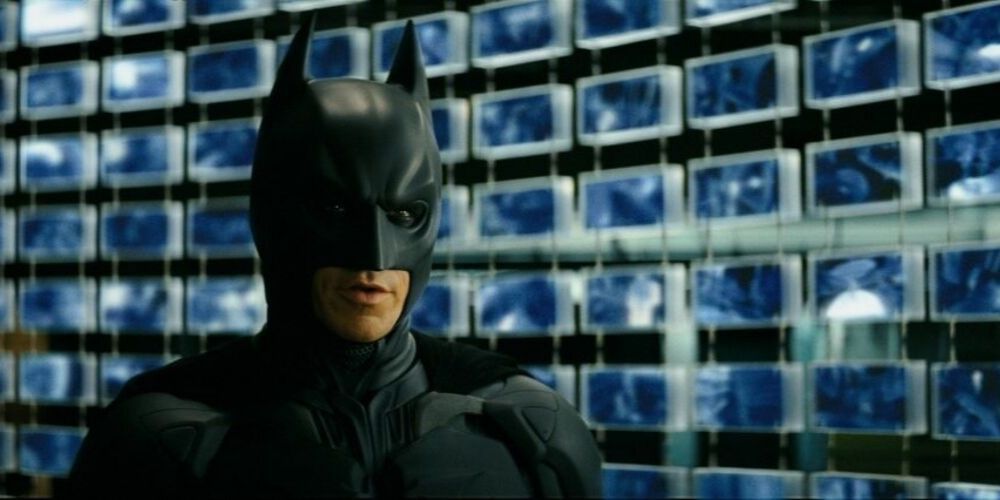
While Batman’s everyday gadgets are explained well in these movies, Nolan also includes some more complex devices the are a bit harder to believe. Not only that, but these devices seem to be introduced to fix one specific issue before disappearing forever.
These devices include the sonar machine Batman uses to locate Joker in The Dark Knight as well as the “clean slate” device to give Selina a new life in The Dark Knight Rises. Both of these concepts are surprisingly cartoonish and feel very out-of-place.
Worked: Organized Crime
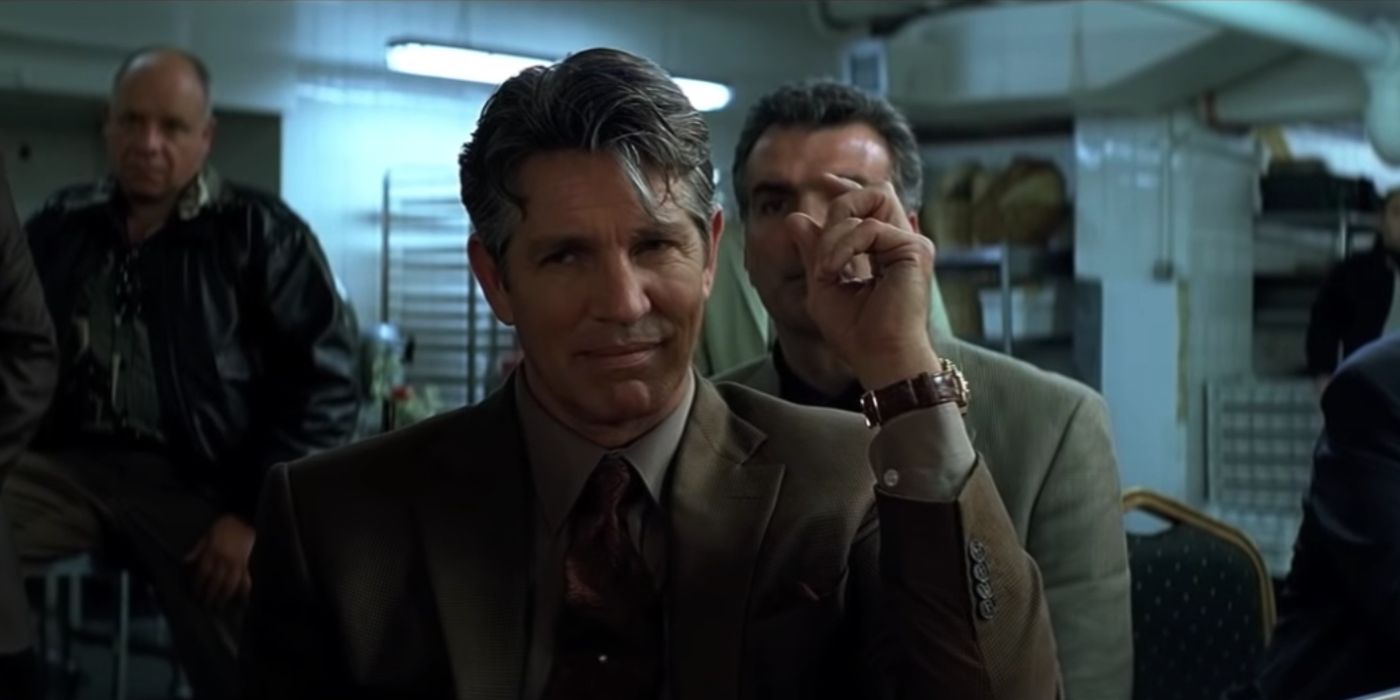
Batman has one of the best rogue’s galleries of villains in superhero history, which makes Gotham City a very dangerous place. However, it would have been a little hard to believe that this one city would have all these outlandish and theatrical goons who freely run amok.
In order to show how Gotham is overtaken by crime, Nolan wisely put a lot of focus on the organized crime element. While villains like Falcone and Maroni are not as popular as Mr. Freeze and Clayface, they helped establish the corruption of Gotham without going overboard.
Didn’t Work: The Bat-Vehicles
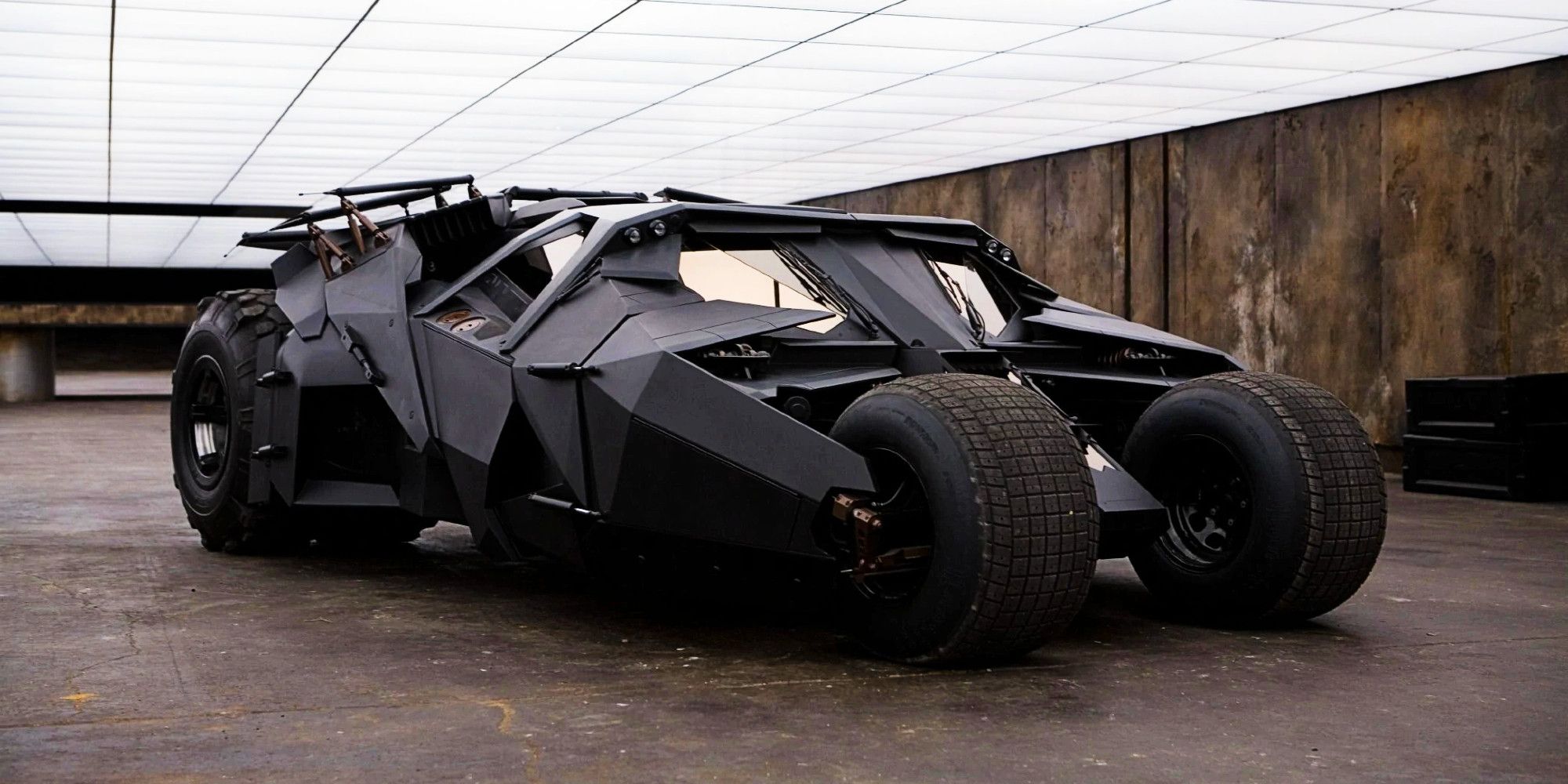
It’s not hard to imagine that Bruce Wayne taking a few experimental military tools would go unnoticed, especially since he was restyling them on his own, but when it gets into some of his bigger toys, that’s when things start to become unrealistic.
Batman’s batmobile is a redesigned military vehicle that he uses to ride around the streets of Gotham. Then there’s the Batwing, which is an even more over-the-top mode of transportation. It would not take the authorities or press long to discover where these vehicles came from and who was using them.
Worked: Scarecrow
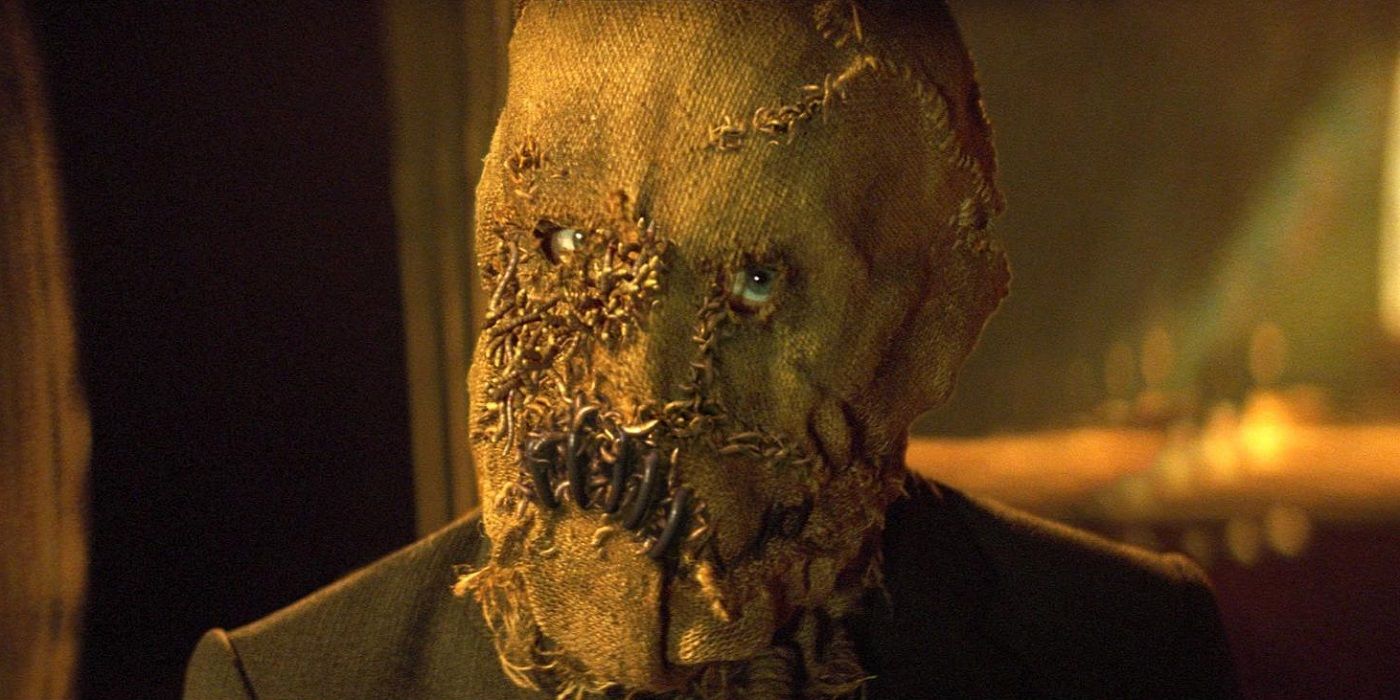
One of the most fun aspects of these movies was seeing how Nolan would make the outrageous villains of Batman lore feel like plausible characters in this realistic world. One of the trickier examples was Scarecrow, a psychiatrist who used a fear-inducing gas and dressed up like a scarecrow to wreak havoc.
Cillian Murphy’s take on the character was understated yet creepy. He was worked into the story naturally as a corrupt psychiatrist who got criminals out of prison. His mask was also simple yet appropriately scary. It was such an effective take on the character that he was the only villain to appear in each entry of the trilogy.
Didn’t Work: Two-Face
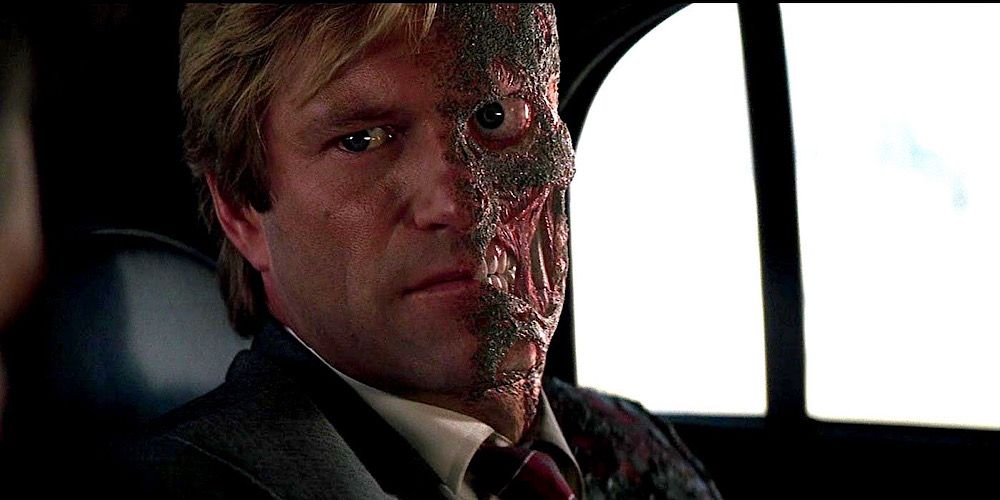
Another fan-favorite Batman villain is Two-Face, who becomes almost the central character in The Dark Knight. Harvey Dent’s tragic turn from hero of Gotham City to villain is great material for the movie, but once he becomes Two-Face it feels like the character has stepped out of another movie.
While the effects work on creating Dent’s scarred face as impressive, the image of him walking around with half of his face gone does not fit in the world Nolan has created. It feels like the filmmakers just took a few steps too far in bringing the character to life.
Worked: Lazarus Pit
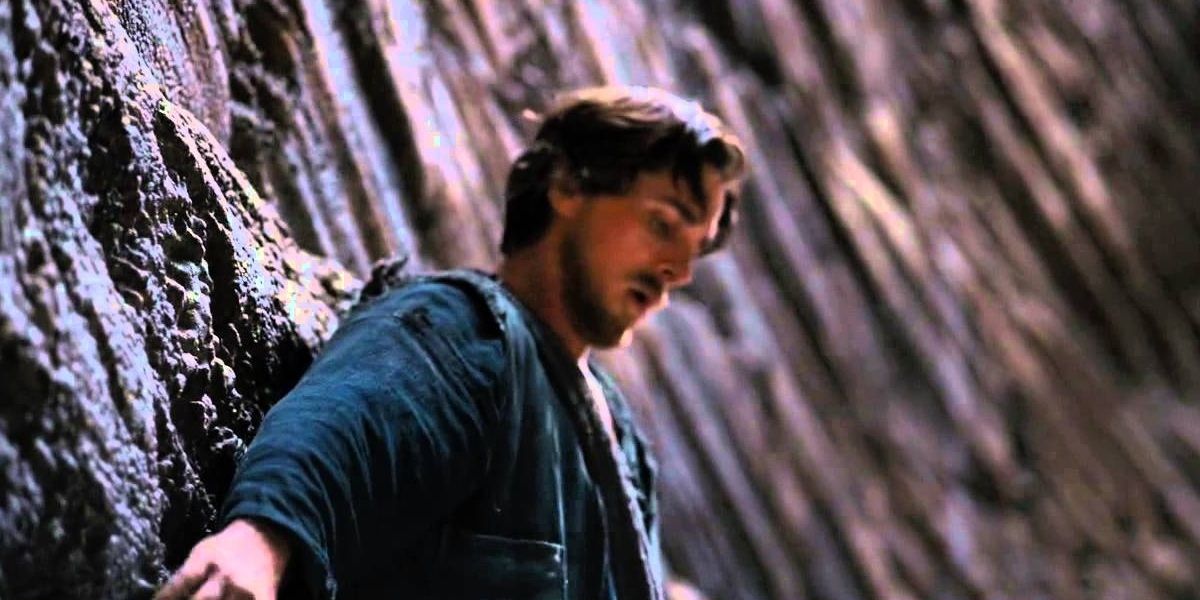
The main villain in the first movie is Ra’s Al Ghul, who is another well-established Batman foe from the comics. The character is also closely tied to something called the Lazarus Pit, which gives Ra’s his apparent immortality. When Ra’s seemingly dies in Batman Begins, some fans thought the Lazarus Pit would come into play while others decided immortality-granting pits had no place in this universe.
However, The Dark Knight Rises found a way to use this feature as the prison in which Bruce Wayne is kept. It is a wide-open pit with ties to Ra’s Al Ghul’s past. And while it doesn’t grant immortality, climbing out of the pit represents a sort of rebirth.
Didn’t Work: Batman Interacting With Others
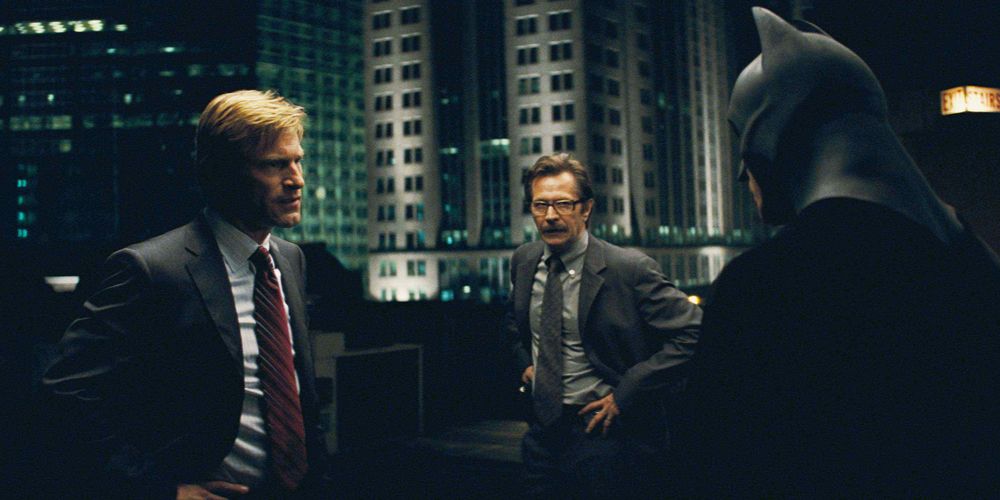
It was a good idea for Nolan to add some realism into the Batman story, but the problem with trying to make it seem like the real world is overcoming the fact that this is still a movie about a man who dresses up like a bat.
Christian Bale is able to sell Batman’s more intimidating moments effectively, but he can only do so much. Seeing Batman in his ridiculous costume talking to people and walking around in the daylight really takes the viewer out of the story and verges on being unintentionally funny.
Worked: Joker
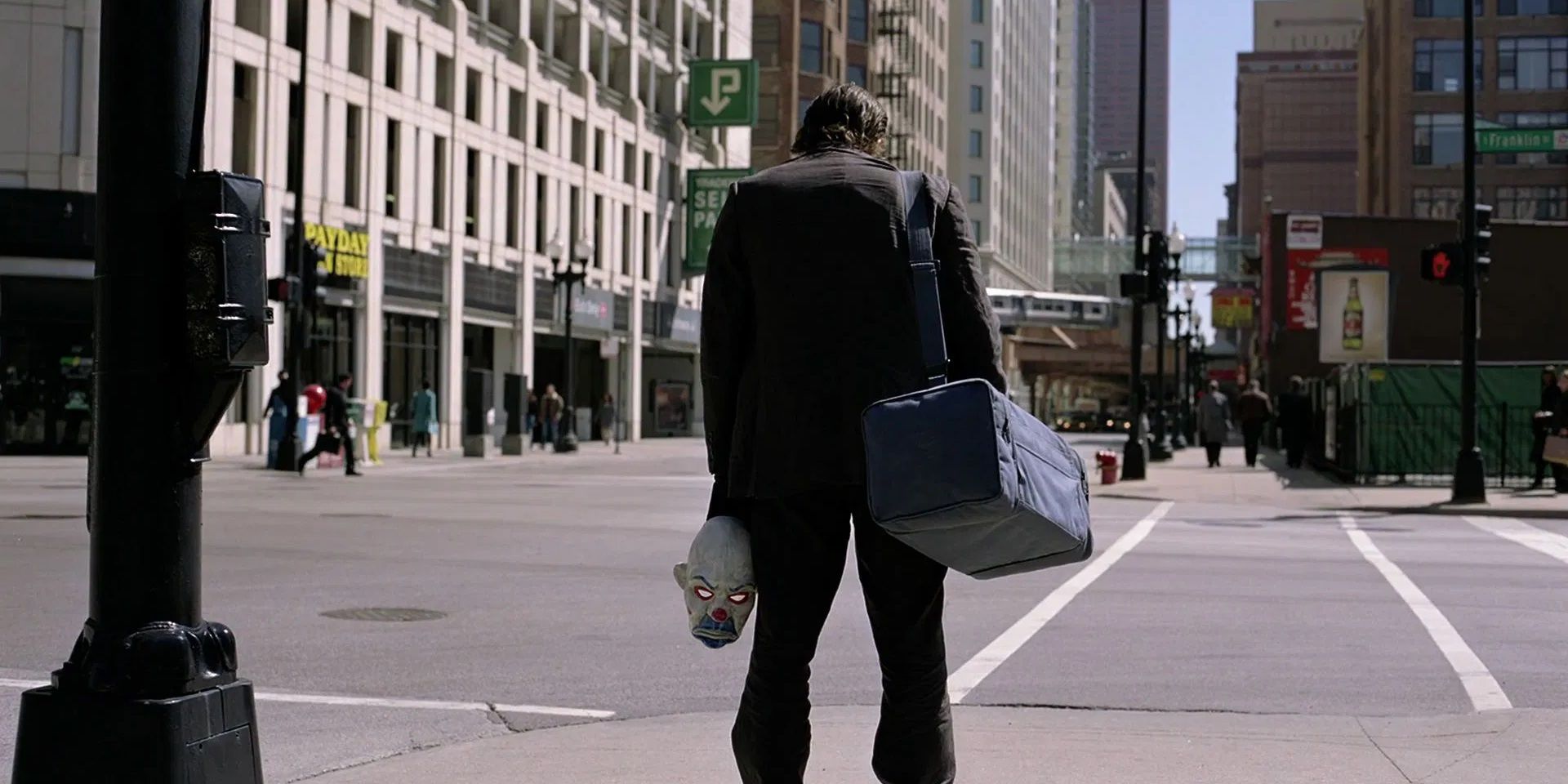
Though Heath Ledger had some big shoes to fill stepping into the role of Joker, he turned in an iconic performance, and the dynamic between Joker and Batman was the highlight of the entire trilogy.
Given the very serious nature of Bale’s Batman that had already been established, introducing a villain who dresses like a clown was risky. But the movie found a way to make Joker this playful and darkly funny anarchist whose sense of humor made him feel all the more deranged and dangerous. In this grounded world, he was the wild card that threw everything upside down.
Didn’t Work: Bane
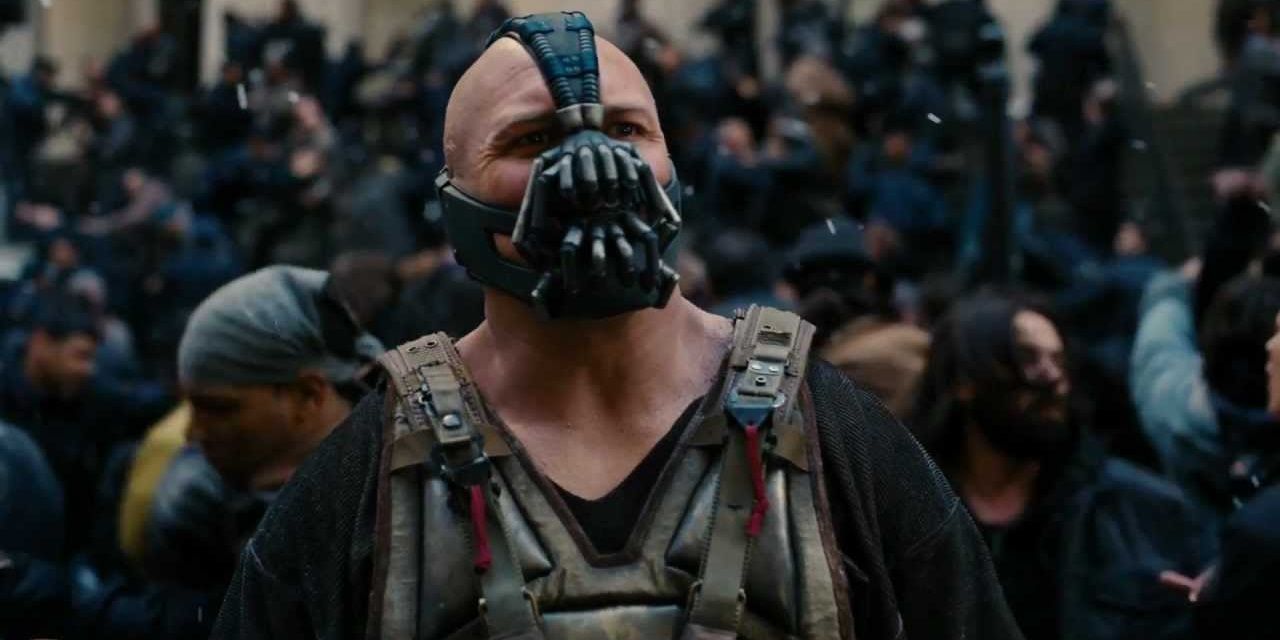
Bane is one of the most powerful villains Batman has ever faced so fans were very excited to learn he would be the main antagonist in the final chapter of the trilogy. Bane did offer an excellent physical opponent for Batman, but the overall plot surrounding the character did not fit into the world Nolan created.
Perhaps with it being the finale, Nolan wanted to go epic with the movie. But his ambitions seemed to get out of control with a plot involving Bane trapping the entire Gotham police force in the sewers and holding the city hostage with a bomb. It all felt a lot more cartoonish than what came before it in the trilogy.
